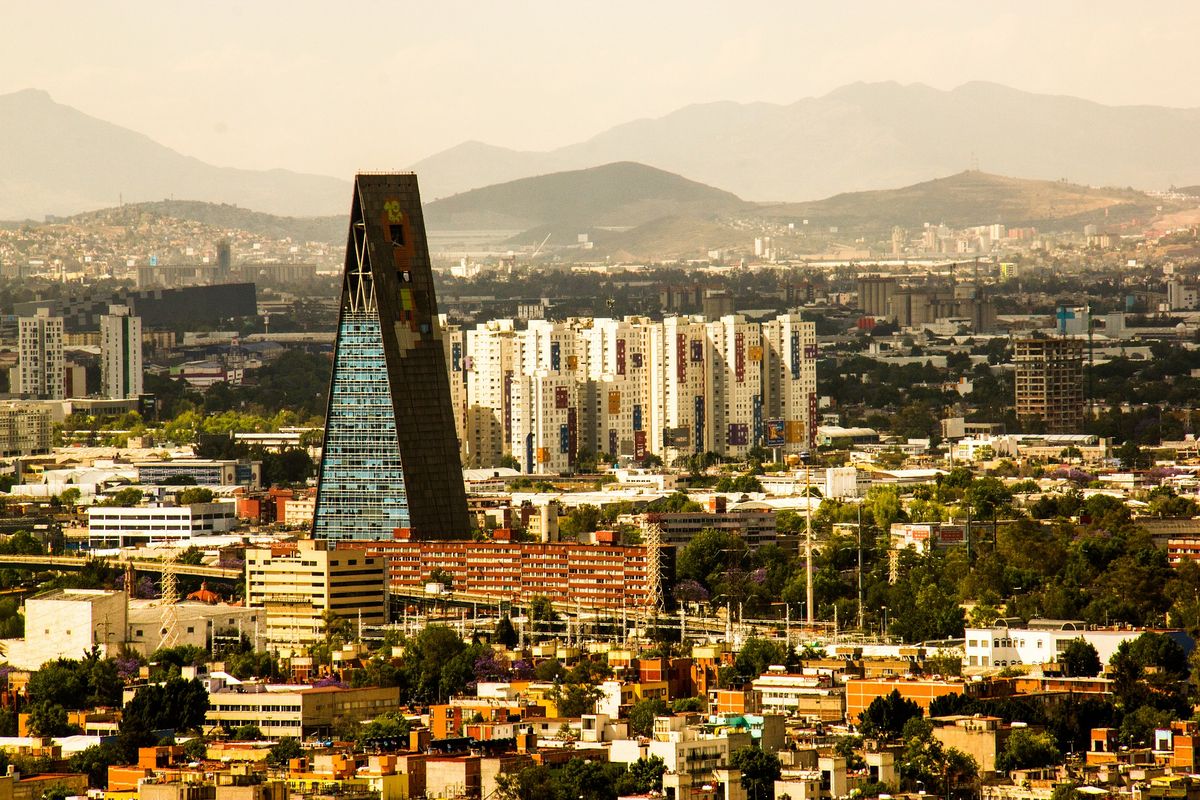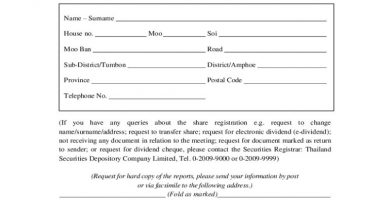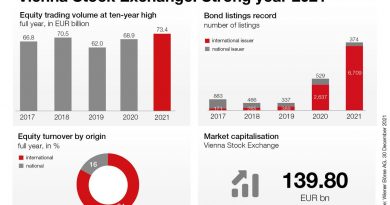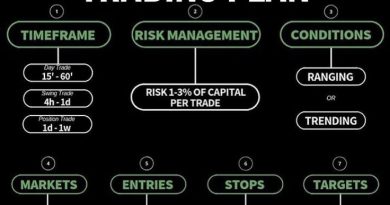Mexican Stock Exchange BMV Meaning History Top Listings

Contents
Mexican Stock Exchange (BMV): Meaning, History, Top Listings
What Is the Mexican Stock Exchange (BMV)?
The Mexican Stock Exchange, known as the Bolsa Mexicana de Valores (BMV) in Spanish, is headquartered in Mexico City and is the country’s main securities exchange. The exchange deals in equities, derivatives, and fixed-income products. Securities traded on the BMV are often denoted with the suffix ‘.MX.’
Established in 1886 as the Mexican Mercantile Exchange, the BMV adopted its current name in 1975. The BMV is presently the second-largest stock exchange in Latin America (after Brazil) in terms of market capitalization. The BMV’s trading system became fully electronic in 1999. Other milestones were the first listing of a foreign company (Citigroup) in 2001. BMV itself became a public company following an IPO in 2008.
Key Takeaways
- The Mexican Stock Exchange (BMV) is the country’s only securities exchange and is Latin America’s second-largest stock exchange.
- The exchange lists equities, derivatives, and fixed-income products.
- BMV became a public company after conducting the country’s first IPO in 2008.
- There were approximately 148 companies listed on the exchange in 2021 with a market capitalization of around $530 billion.
Understanding the Mexican Stock Exchange (BMV)
The types of securities exchanged through the BMV include stocks, debentures, government and corporate bonds, warrants, and derivatives. Shares of IPOs are made available through the BMV. The BMV’s roles include facilitating securities trading, clearing, settlement, and custody; providing securities information to the public; promoting fair market practices; and ensuring transparency.
Main requirements for listing on the exchange are a 200 shareholder minimum, three previous consecutive years of profits, and at least 15% public ownership. The National Banking and Securities Commission is the main regulator of the Mexican Stock Exchange.
The exchange uses a fully electronic trading system called the BMV-SENTRA Equities System.
The BMV is Mexico’s only securities exchange.
A Brief History of the Mexican Stock Exchange (BMV)
In 1986, the BMV began as the Bolsa Mercantil de Mexico (Mexican Mercantile Exchange). The exchange changed its name in 1975 to Bolsa Mexicana de Valores and acquired smaller exchanges in Monterrey and Guadalajara. The exchange was privately owned for 114 years, most recently by Mexican banks and brokerages.
In 2008, BMV offered its shares to the public and became a listed company. Over 13,600 individual investors bought shares in the IPO. In July 2021, the shares were worth around 41 pesos.
Top Listings on the Exchange
The S&P/BMV IPC Index represents the largest and most liquid stocks on the exchange. The consumer staples, materials, financials, telecommunication services, industrial, consumer discretionary, and utility sectors compose the index. America Movil, Cemex, Televisa, Telmex, TV Azteca, and Walmex are some prominent companies listed on the exchange, and some larger listed companies trade as American Depository Receipts (ADRs) on U.S. stock markets.
BMV (the company) trades on the Mexican Stock Exchange under the ticker code BOLSAA.MX. As of May 2021, Grupo BMV’s class A shares were included in the BMV’s own IPC index of the top 35 Mexican stocks.
According to the Sustainable Stock Exchanges Initiative, as of July 2021, there were approximately 148 companies listed on the exchange with a market capitalization of around US $417 billion.
Fast Fact
BMV became a public company following an IPO in 2008; this marked the country’s first IPO.



